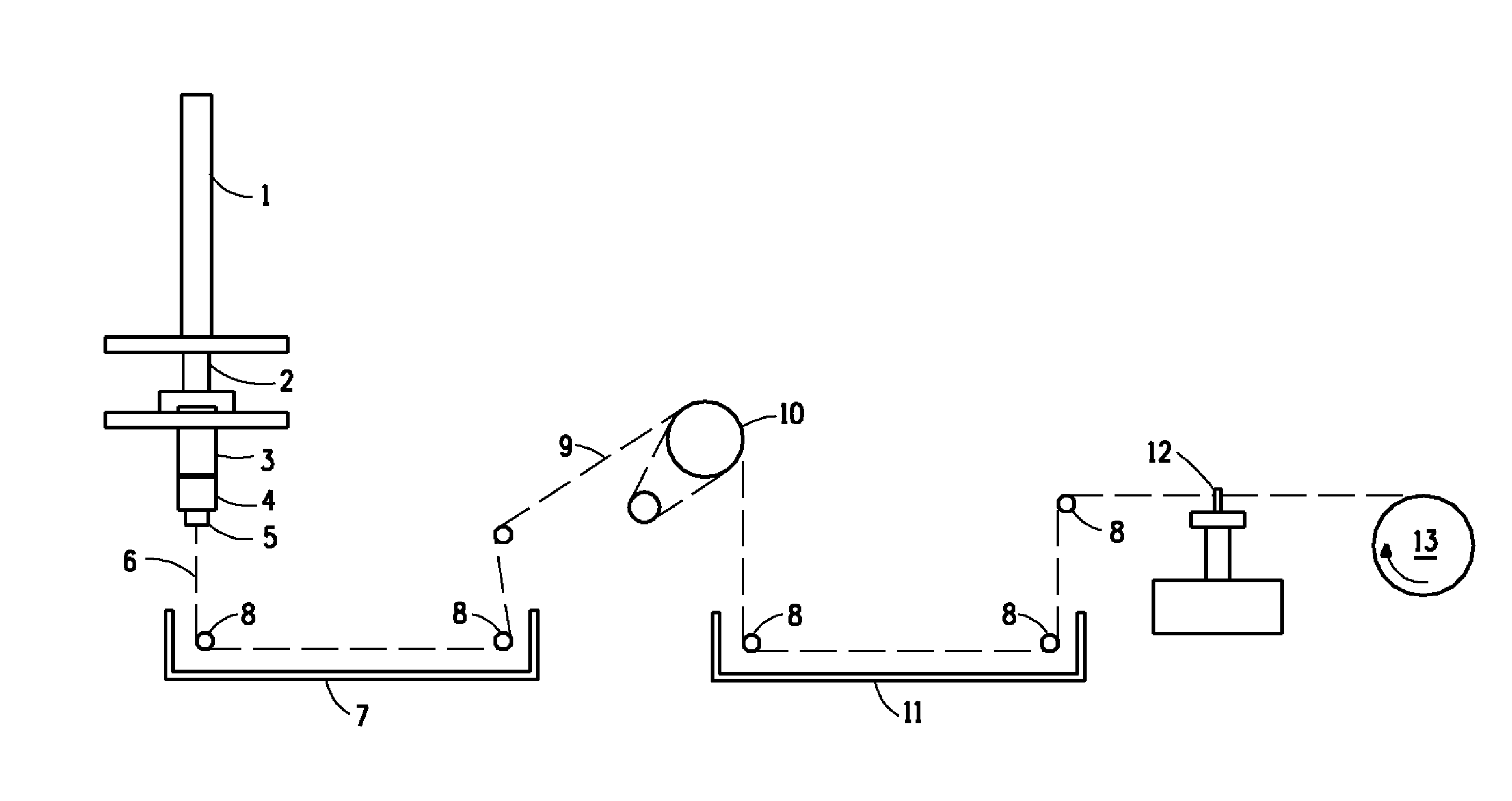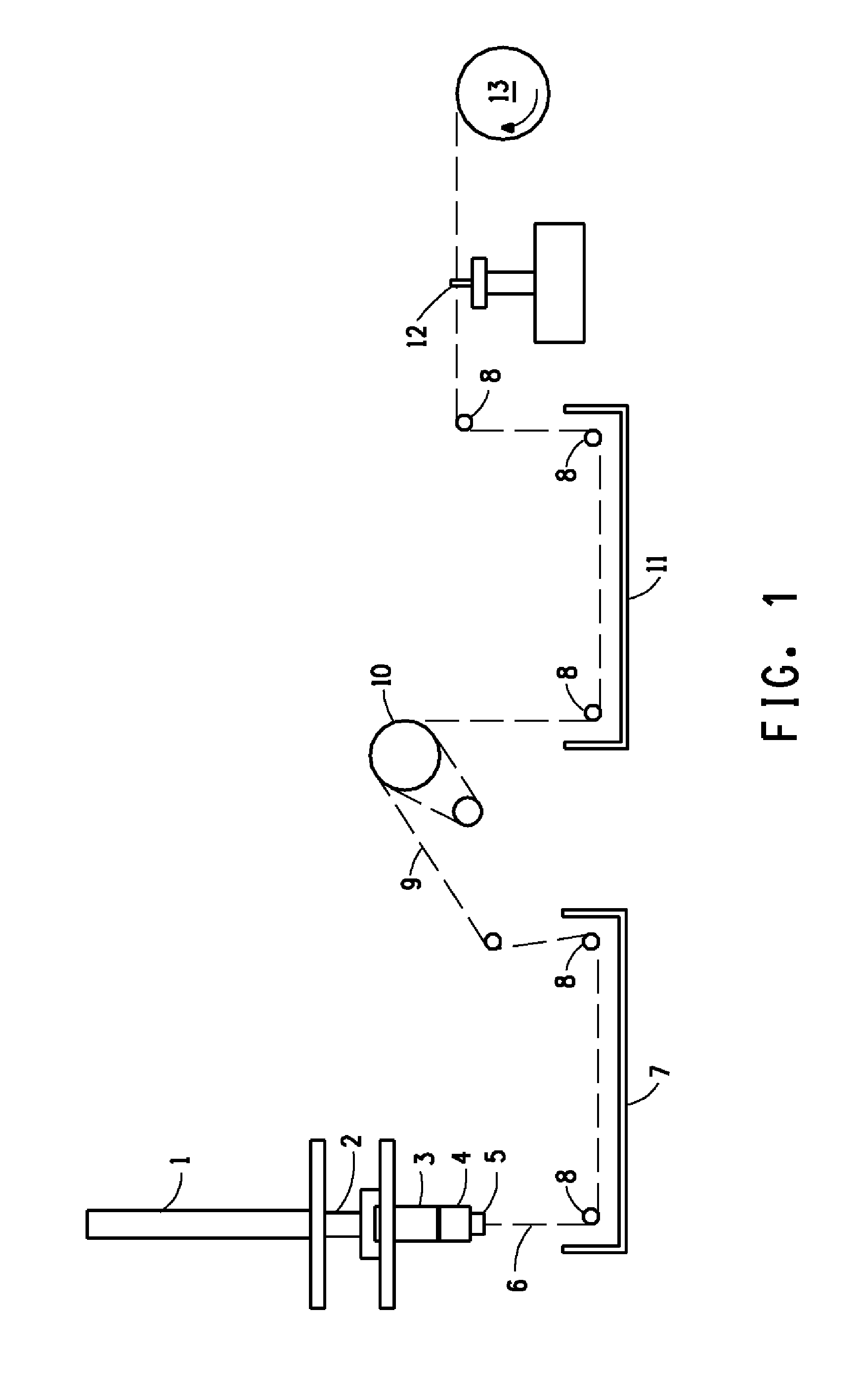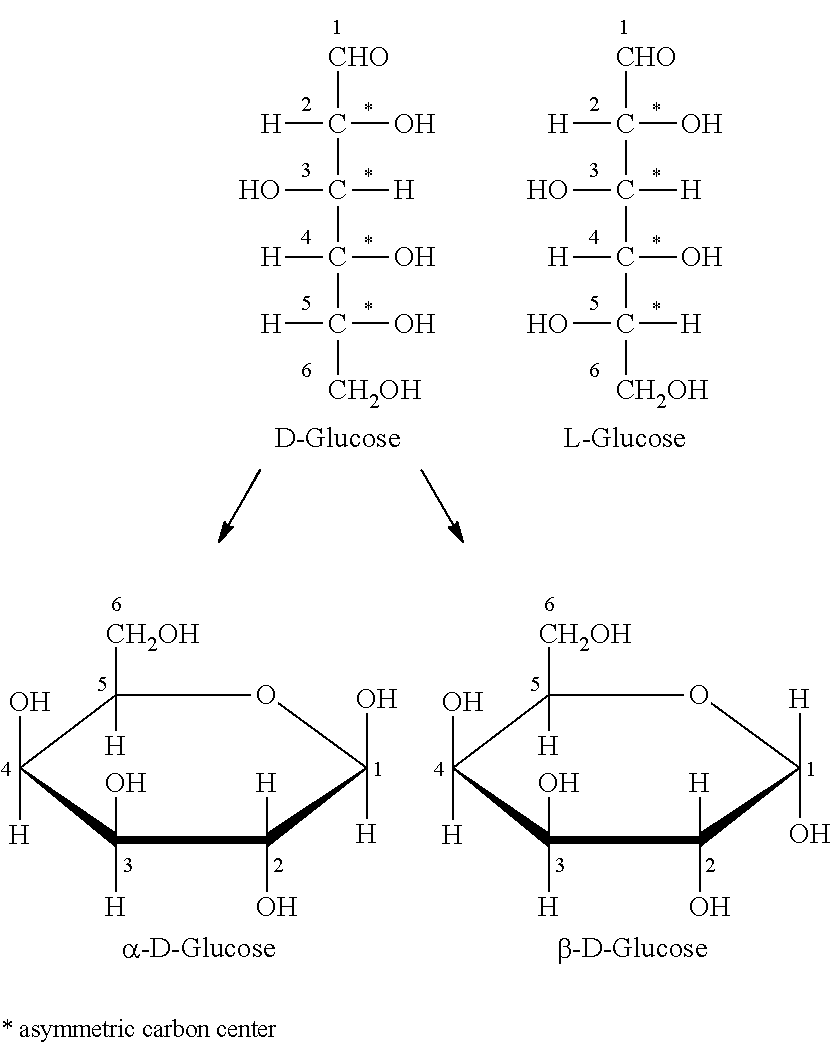Novel composition for preparing polysaccharide fibers
a technology of polysaccharide fibers and compositions, applied in the field of new compositions for preparing polysaccharide fibers, can solve the problems of cotton evolution under constraints, chain cleavage and molecular weight loss, and concomitant degradation of mechanical properties
- Summary
- Abstract
- Description
- Claims
- Application Information
AI Technical Summary
Benefits of technology
Problems solved by technology
Method used
Image
Examples
example 1
Spinning Solution
[0070]A 250 mL wide mouth glass bottle was charged with 25 g of polymer P1 and 225 g of 5 wt % sodium hydroxide. CS2, (7.5 g), was then added via a syringe. The container was fitted with a cap and a septum through which a polypropylene stirring rod had been fitted. The contents were manually mixed with the stirring rod and then allowed to stand at room temperature overnight. The following day the partially dissolved solution (clear but containing a small amount of visible particulate) was transferred into a spin cell and piston containing screen packs including 100 and 325 mesh stainless steel screens. A piston was fitted over the viscous mixture. The mixture was then pumped back and forth through 13 cycles using a motorized worm gear driven ram into an identically equipped spinning cell coupled head to head with the first cell via a coupler fabricated from ¼ inch stainless steel tubing.
examples 2-4
[0071]Approximately 20 hours after the preparation of the solution of Example 1, the solution thus prepared was fed to the spinning apparatus, as described, supra, referring to FIG. 1. The solution was fed to a 20 hole spinneret wherein each hole was characterized by a circular cross-section, a diameter of 0.003 in and a length of 0.006 in. Table 1 provides the spinning conditions that were used for the fibers prepared in Examples 2-4. The apparatus depicted in FIG. 1, as described supra, was modified by removal of the driven roll, 10, from the filament pathway in Examples 1-3. The indicated spin stretch was attained by running the windup faster than the jet velocity. The solution of Example 1 was metered at the rates shown in Table 1 through a spin pack having a filter assembly consisting of 100 and 325 mesh screens to the spinneret. The spinneret was immersed into a water coagulation bath containing, by weight, 8% H2SO4, 23% Na2SO4, and 0.5% ZnSO4 The filament was ex...
examples 5-11
Preparation of Polymer P2
[0072]Poly(α(1→3) glucan) polymer was synthesized, washed, and isolated using the materials and procedures employed for the preparation of Polymer P1 in Example 1 except that 200 ml of the enzyme extract was added to the pH-adjusted sucrose / dextran / boric acid solution instead of 180 ml. Yield: 246.08 grams of white flaky solids.
[0073]Mn and Mw were determined as for polymer P1 to be 129,000 and 270,000 respectively.
PUM
| Property | Measurement | Unit |
|---|---|---|
| Fraction | aaaaa | aaaaa |
| Time | aaaaa | aaaaa |
| Percent by mass | aaaaa | aaaaa |
Abstract
Description
Claims
Application Information
 Login to View More
Login to View More - R&D
- Intellectual Property
- Life Sciences
- Materials
- Tech Scout
- Unparalleled Data Quality
- Higher Quality Content
- 60% Fewer Hallucinations
Browse by: Latest US Patents, China's latest patents, Technical Efficacy Thesaurus, Application Domain, Technology Topic, Popular Technical Reports.
© 2025 PatSnap. All rights reserved.Legal|Privacy policy|Modern Slavery Act Transparency Statement|Sitemap|About US| Contact US: help@patsnap.com



